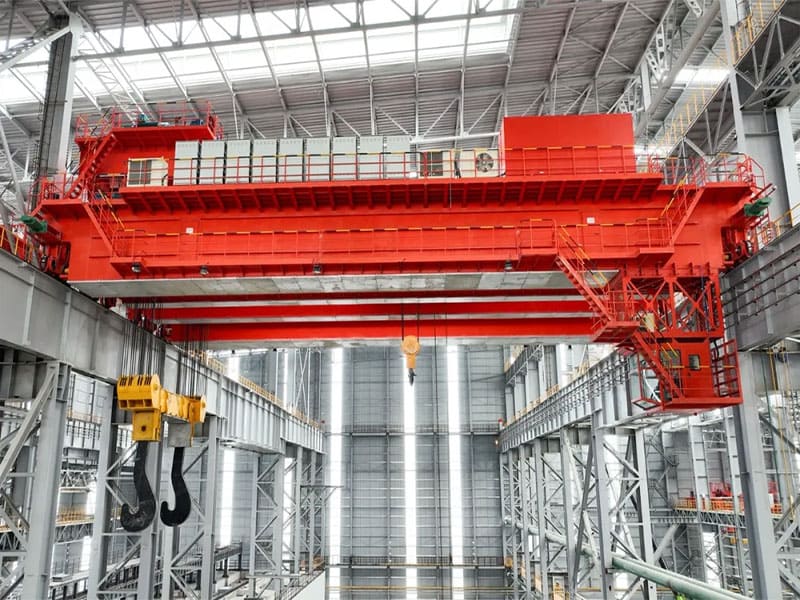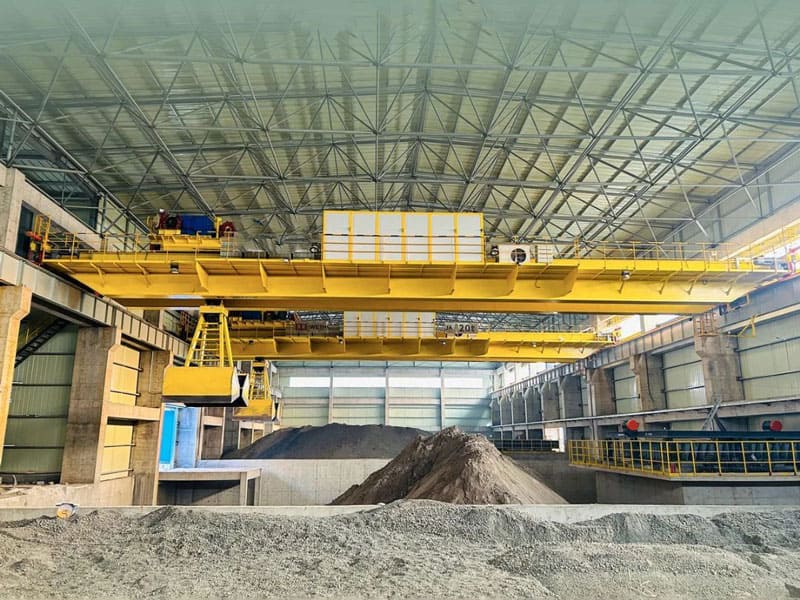Overhauling a bridge crane is essential for ensuring its continued safe and efficient operation. It involves a detailed inspection and maintenance of mechanical, electrical, and structural components. Here's an overview of what an overhaul includes:
1. Mechanical Overhaul
The mechanical parts are completely disassembled, including the reducer, couplings, drum assembly, wheel group, and lifting devices. Worn-out or damaged components are replaced, and after thorough cleaning, they are reassembled and lubricated. The steel wire ropes and brakes are also replaced during this process.
2. Electrical Overhaul
The electrical system undergoes a complete inspection, with motors disassembled, dried, reassembled, and lubricated. Any damaged motors are replaced, along with broken brake actuators and controllers. The protection cabinet is either repaired or replaced, and all wiring connections are checked. The lighting and signaling system control panels are also replaced if necessary.


3. Structural Overhaul
The metal structure of the crane is inspected and cleaned. The main beam is checked for any sagging or bending. If issues are found, the beam is straightened and reinforced. After the overhaul, the entire crane is thoroughly cleaned, and a protective anti-rust coating is applied in two layers.
Scrapping Standards for Main Beam
The main beam of a crane has a limited lifespan. After multiple overhauls, if the beam shows significant sagging or cracks, it indicates the end of its safe operational life. The safety department and technical authorities will assess the damage, and the crane may be decommissioned. Fatigue damage, caused by repeated stress and deformation over time, results in the beam’s eventual failure. The service life of a crane varies depending on its type and usage conditions:
Heavy-duty cranes (e.g., clamshell, grab cranes, and electromagnetic cranes) typically last 20 years.
Loading cranes and grab cranes last around 25 years.
Forging and casting cranes can last more than 30 years.
General bridge cranes can have a service life of 40-50 years, depending on usage conditions.
Regular overhauls ensure that the crane remains safe and functional, extending its operational lifespan while minimizing risks associated with worn-out components.
Post time: Feb-08-2025









